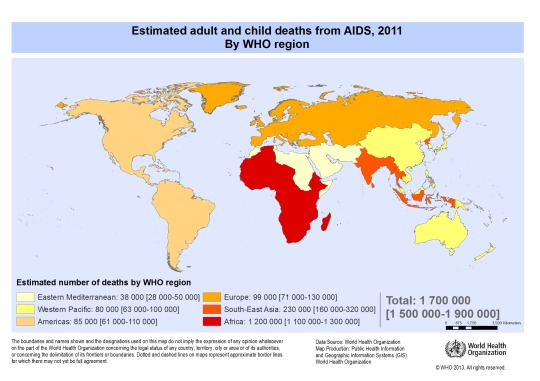
It’s a question I’d asked often, its answer until recently remaining elusive. Clearly the reason wasn’t “God’s punishment for homosexuals” as Jerry Falwell declared famously and ignorantly in the 1980s. I knew there had to be a real reason, rooted in science.
In a recent documentary, updating the scourge of AIDS, a map was shown highlighting where the disease is still very much alive. The two primary regions were in India and Africa in areas where clean water is largely unavailable. People living in squalor, drinking and bathing in putrid water, were far more likely to contract AIDS than those whose water was untainted by human waste and millions of harmful microbes. The scientists postulated that with locals’ immune systems being compromised by the water, they become the perfect hosts for contracting the disease.
So if AIDS is associated with tainted water, why did it show itself first in the gay community? There was clearly never a problem with San Francisco’s water. Something else was happening.
Then a light went on.
I flashed on a bisexual gathering I attended in 1982, recalling a conversation I overheard in the kitchen. Three or four guys who self-identified as gay stood bragging about the number of times they’d contracted STDs. “I’ve had gonorrhea eight times,” one guy boasted. “That’s nothing,” said another. “I’ve been treated for syphilis fourteen times!” It was a strange conversation then and still seems so today.
1982 was the year promiscuous sexual activity among gay men reached its apex. From 1969, when gays first stood up to police during the Stonewall Riots, until 1982, when the world was moments away from learning about AIDS, unbridled sexuality was the primary expression of an ostracized culture that was reviled around the globe. Being hyper sexual provided bursts of relief and became, for many, the principal way of feeling human and alive.
With the advent of AIDS, everything changed. Bath houses closed. Gays’ sexual habits evolved. Education led to condoms and water-based lube and the realization that choices have consequences and that sexuality could be expressed in safer, smarter ways.
Today in the US, black women and kids are at greater risk of contracting HIV than are gays. It wasn’t water that compromised immune systems but risky behavior, rooted in the sociology of gay culture from the 60s to the 80s.
I’ve often thought about the guys in the kitchen and wondered if they made it. In my absence of knowing, I assume that they didn’t.